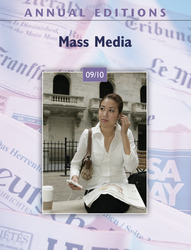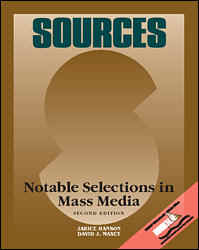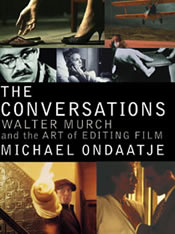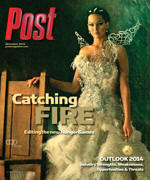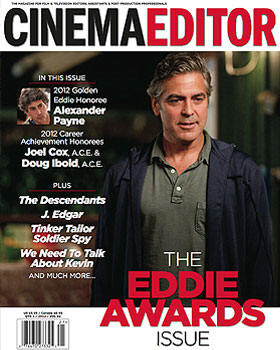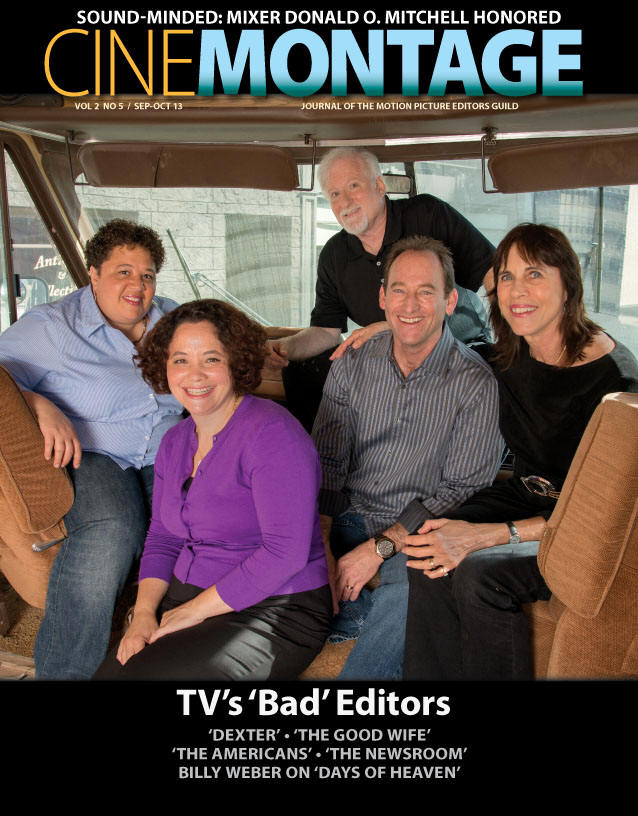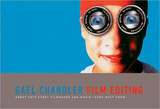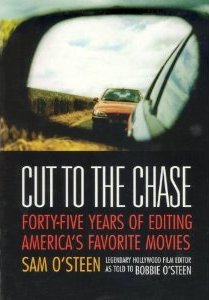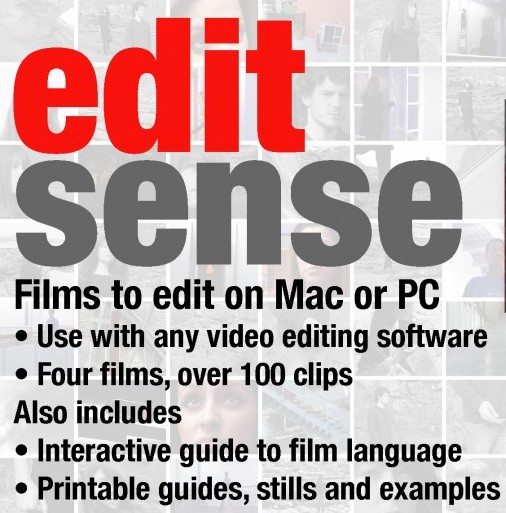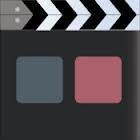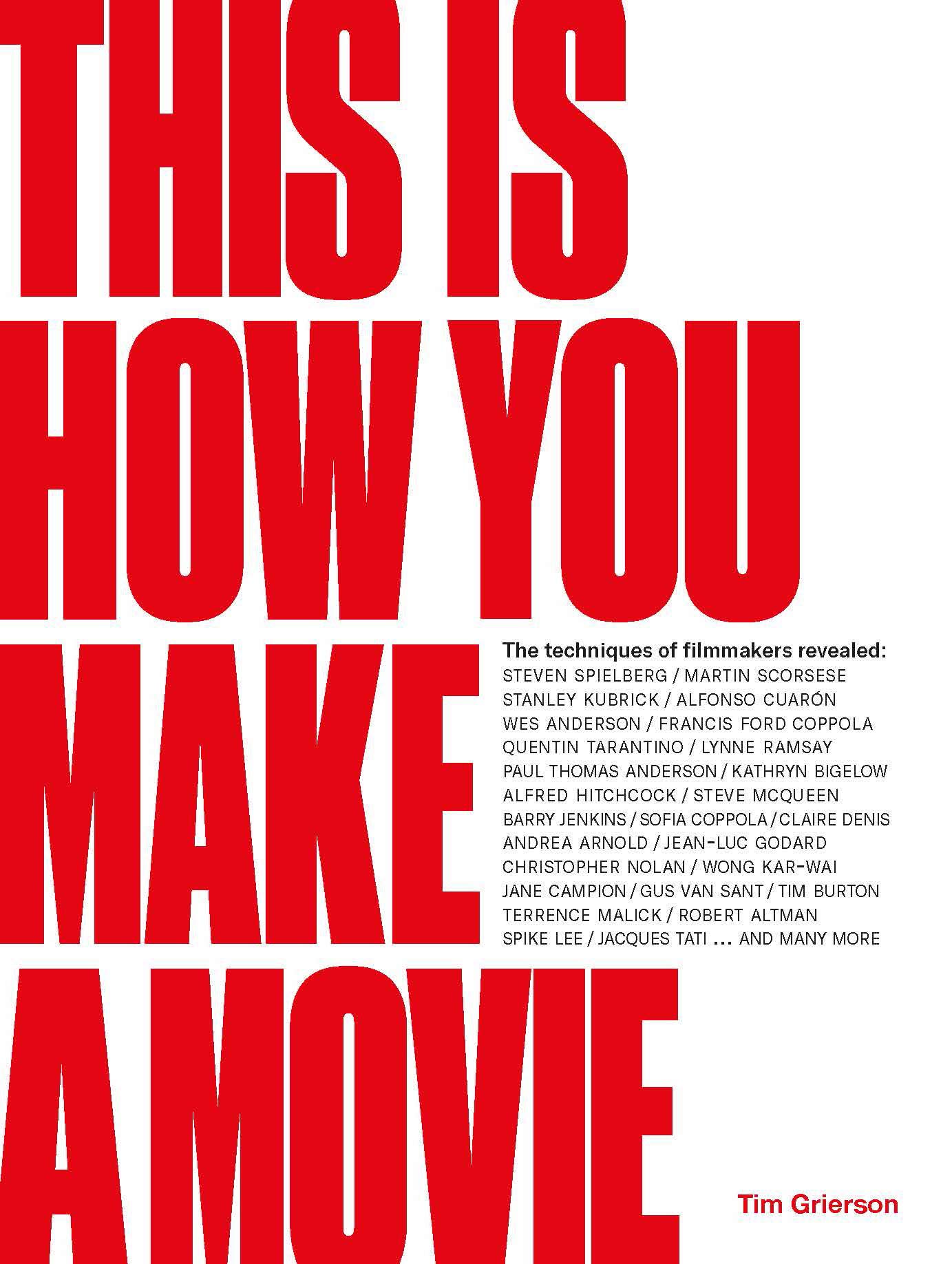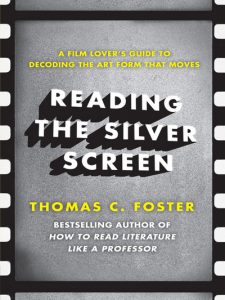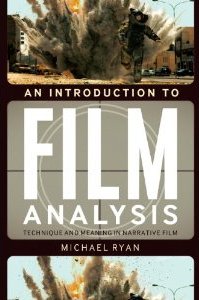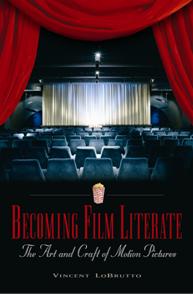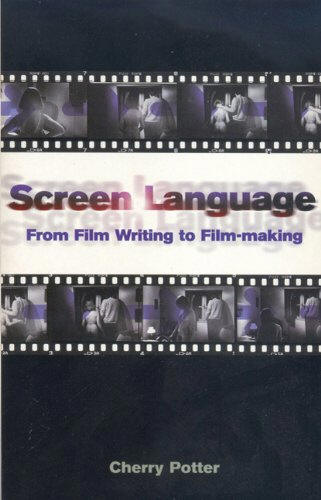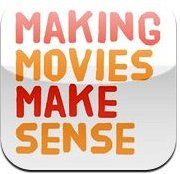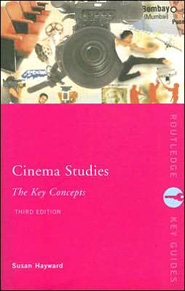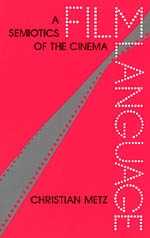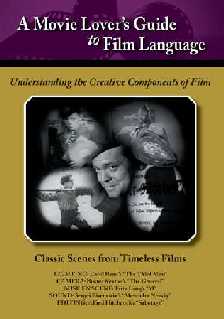A SHORT LIST OF ESSENTIAL RESOURCES
Association for Media Literacy, Toronto
Prepared by Barry Duncan (reprinted with permission)
Organizations
The Association for Media Literacy aml@interlog.com Web site www.aml.ca Toronto based but serving Ontario and beyond. Includes resource lists, newsletters and special events for members. Membership is $30.00 AML is your key to keeping up-to-date in media education.
National Telemedia Council sponsors special events and publishes three times a year “Telemedium, the Journal of Media Literacy.” These are generally theme issues such as “ Media Education and Global Studies,” providing outstanding- in depth resources for media teachers. Inquire about back issues. NTC 1922 University Avenue, Madison, Wisconsin 53705 (608) 218-1183 NTelemedia@aol.com
American groups include AMLA and ACME Go to websites for membership and more information
————————————————————————————–
N.B. Many of the titles listed are not readily available in your local bookstore and may have to be specially ordered. In Canada, Theatre Books, a Toronto bookstore, specializes in media literacy resources: 11 St. Thomas Street, Toronto, ON M5S 2B7. Phone: (416) 922-7175; Toll-Free: 1-800-361-3414; Fax: (416) 922-0739. Ask for their media catalogue.
Resources for Getting started
To keep up on all the media, a subscription to Entertainment Weekly is essential. After 25 weeks you will have enough copies for a class set. Teachers and librarians should also consider subscribing to Rolling Stone,
Media Awareness Network, www.media-awareness.ca Canada’s premier media education Web site, contains thousands of lessons, essays, tip sheets, and backgrounders as well as related industry information to help teachers integrate media education and Internet literacy across the curriculum. The site gets over 500,000 unique visitors a month “Barry’s Bulletin” by Barry Duncan, a 3 times a year digest of teachable moments, reviews and special events is on this site. To access, go to website for site map.
Andersen et al. “Media Studies K-12” Toronto District School Board, 2005 A compendium of useful resources, from studying Harry Potter to video production, from ways of integrating media in various disciplines to techniques for evaluation.
Beach, Richard “teachingmedialiteracy.com: A web-linked Guide to Resources and Activities” Teachers College Press, 2007. ( In Canada, order through The University of Toronto Press.) This 130 page book, written by U of Minnesota prof, covers all the key issues and skills to foster media literacy in the classroom. The blend of scholarship and practicality is admirable. Allows you to develop curriculum units in media studies A must have resource!
Media Literacy Resource Guide. Ministry of Education, Ontario, 1989. Order from the Government of Ontario Book Store, 5th Floor, 880 Bay Street, Toronto ON M7A 1N8 ($7.00) (416) 326-5300 or 1-800-668-9938 A bargain at $10..00, buy it while it lasts!
Considine, David. Visual Messages: Integrating Imagery into Instruction. 2nd edition, Englewood, Teachers Ideas Press, 1999. An essential resource for media teachers, the book covers all the important media issues and provides recent examples for illustration.
Buckingham, David. “Media Education: Literacy, Learning and Contemporary Culture,” Polity, ( Blackwell is North American distributor) 2003. This is the best general background book to address the numerous debates in media education. A comprehensive book, it covers all the hot topics from ideology to using the new digital media. Order from Amazon.com or Theatre Books.
Worsnop, Chris. Screening Images: Ideas for Media Education. (second ed.), 1999 Wright Communications, 2400 Dundas St. W. Unit 6 Suite 107, Mississaga, Ontario L5K 2R8, 1999. A brief introduction to media education
Orbit magazine vol 35, no 2, 2005 42 articles on media literacy an amazing cross section of material and opinion. order a copy Orbitmagazine@oise.utoronto.ca
Media Text Books and Kits
Media Sense: a MeadowBooks component, Thomas Nelson, Toronto, 1998. Three activities – based media books for elementary school kids, age 8-12 ( levels 4, 5, 6 ) Numerous practical activities throughout. One of the few useful text books for elementary teachers.
Duncan, Barry, Janine D’Ippolito, Cam Macpherson and Carolyn Wilson : Mass Media And Popular Culture (Version Two)Toronto. Thomas Nelson, 1996. After an introductory section that provides a conceptual framework for the study of media, the text is organized by themes e.g. Representation, Global Citizen, Selling Values, New and Converging Technologies. There is a binder of supplementary readings and useful, black line masters. There is also a set of four videos, “Scanning Television” Part One and Two which correlate with the themes of the text.
Ali, Dominic. “Media Madness: An Insider’s Guide to Media” Kidscanpress. 2005 A Canadian text pitched to elementary kids, it is a graphically compelling work which should be an immediate success with students.
Graydon, Shari: “Made you look: How advertising Works and Why you should know.” Annik Press, 2003. Canadian media educator Shari Graydon has published two important and readable books for grades 4-8.
Graydon, Shari “In your Face: the Culture of Beauty and You.” Annik Press, 2005. From lipstick to total makeover, this book, aimed at elementary students, is a well researched perspective on the perils of the culture of beauty.
Wallace, Shelagh: “The TV Book: Talking Back to Your TV”, Annick Press, 1997 Chris Worsnop prepared activity section for a book that is brief but still useful for grades 4-6
Advanced Media Literacy for Teachers
Buckingham, David ed. Watching Media Learning. London: The Falmer Press,1990. Buckingham, David ed. Teaching Popular Culture: Beyond Radical Pedagogy Routledge, 1998. Masterman, Len. Media Education in 1990’s Europe: A Teacher’s Guide. 1998, NY Manhattan Publishing Co. A short overview of UK guru Len Masterman’s insightful ideas.
Tyner, Kathleen. Literacy in a Digital World: Teaching and Learning in the Age of Information. Lawrence Erlbaum Associates, 1998. Here is thoughtful and ultimately visionary analysis of both American and global achievements concerning multi- literacies: computer, critical, information and media literacy.
Film
Bone, Jan and Ron Johnson. Understanding the Film: An Introduction to Film Appreciation. National Textbook Company.
Bordwell, David and Kristin Thompson. Film Art: An introduction. 6th edition, 1998, McGraw Hill. The choice of many colleges and universities for a comprehensive, introductory film course.
Film Study Guides for High School Written for Pacific Cinematheque and distributed by Open Learning Agency, these include study guides for individual films e.g. “The Sweet Hereafter” and various themes and genres e.g. Women in film, Genre and the Westernwww.cinematheque.bc.ca
Film Education, Alhambra House, 27-31 Charing Cross Rd, London WC 2H OAU is a registered charity supported by the film industry in the UK. It publishes a variety of free teaching materials and outstanding study guides, many of which can be downloaded from the web sitewww.filmeducation.org
Media Representation and Social and Cultural Issues
Andersen, Neil, Carreiro, P & Sinclair,D. Responding to Media Violence: Starting Points for Classroom Practice K-6. Pembroke Publishing, 1998. A sensible, thoughtful approach to media violence with appropriate curriculum directed to elementary teachers.
Barker, Chris. Television, Globalization and Cultural Identities. Open University, 1999. A useful book on media and identity formation in global contexts.
Douglas, Susan. Where the Girls Are: Growing Up Female with the Mass Media. Times Books, 1994. A lucid overview of the representation of women in the media.
Kilbourne, Jean. Can’t Buy My Love: How Advertising Changes the Way We Think and Feel. Simon & Schuster, 2000 . An influential American gender critic makes the case for the insidious influence of gendered advertising.
Pungente, John and Monty Williams. Finding God in the Dark: Taking the Spiritual Exercises of St. Ignatius to the Movies Stimulating methodology for discussing film
Media and Youth
Dell Vecchio, Gene. Creating Ever-Cool: A Marketer’s Guide to a Kid’s Heart. Pelican Publishing, 1999. All the amazing techniques for creating brand loyalty in kids from a professional marketer.
McDonnell, Kathleen. 2001 Honey, We lost the Kids: Re-thinking Childhood in the Multimedia Age. Second Story, Toronto, ON 2001. A must – own book for both parents and teachers which takes a positive view of the role of popular culture in the lives of young people.
Quart, Alissa. Branded: The Selling of Teenagers, Perseus Press, 2003. Sutherland, Anne and Beth Thompson. Kidfluence Why kids today mean Business. McGraw-Hill, 2002. These two new books are essential reading to understand the impact of marketing on youth today
Rushkoff, Douglas. Playing the Future: How Kid’s Culture Can Teach Us To Thrive in an age of Chaos. Harper-Collins, 1996. How kids create meaning in pop culture
Literature and Media
Fulford, Robert. The Triumph of Narrative: Storytelling in the Age of Mass Culture. CBC ( Anansi Press) 1999. Broad perspective on the elements of narrative, from novels to the news.
Hirschman, Elizabeth. Heroes, Monsters and Messiahs: Movies and Television Shows as the Mythology of American Culture. Andrews McMeel Publishing, 2000. Given that the majority of media teachers also teach English, this eminently readable book should help to fill a gap in bringing mythological constructs ( Joseph Campbell, Carl Jung and Levi Strauss) to popular culture texts such as Star Wars, Titanic, ER and Seinfeld.
Digital Expressions: Media Literacy and English Language Arts. Ed Hammett and Barrell ( Detselig Enterprises, 2002.) A range of articles ideal for English teachers embracing multiple Literacies
Media Activism and Resistance including Global Studies
The Idiot’s Guide to World Conflicts by Peter Strauss (Alpha, 2002) a lucid overview of global hotspots
The Globalization Reader ed. Frank Lechner, Blackwell, 2004.
The most useful and comprehensive view of the topic
Barker, Chris. Television, Globalization and Cultural Identities. Open University, 1999. A useful book on media and global issues providing excellent models of analyis.
Barlow, Maude and Tony Clarke: Global Showdown: How the New Activists are Fighting Global Corporate Rule. Stoddart, 2001.
Cowan, Taylor: Creative Destruction: How Globalization is changing the World’s
Cultures,, Princeton, 2002 Posits that globalization is not nessarily in conflict with cultural diversity.
Hazen, Don ed. We the Media : A Citizen’s Guide to Fighting for Media Democracy, The New Press, 1997. A great resource for activists.
Klein, Naomi. No Logo: Taking Aim at the Brand Bullies. Alfred Knopf Canada, 2000. Toronto cultural critic, Naomi Klein has written a brilliant, well researched book on the processes and impact of the culture of branding, through following the ‘logos’ to their origin in corporatized politics and ultimately to Asian sweatshops. A must have book !
Langlois, Andrea. Autonomous Media : activating Re sistance and Dissent, 2005, Cumulus Press ISB-N N-O-9733499-4-8
Lasn, Kalle. Culture Jam: The Uncooling of America. Wm Morrow, 2000. Lasn, the founder of Adbusters Magazine explores the why and how of doing oppositional critiques, including their famous parodies and other tactics of resistance.
McChesney, Robert W. The Problem of the Media: U.S. Communication Politics in the 21st Century, Monthly Review Press, 2004. A thorough overview of issues raised by corporate media.
Moore, Michael. Downsize This: Random Threats from an Unarmed American. Harper, 1997 and Stupid White Men, 2002. Funny and irreverent comment on social and media trends. Supports his Oscar winning film, Bowling for Columbine.
Steven, Peter. The No-Nonsense Guide to Global Media – Peter Steven ( New Internationalist ) a short, very accessible view of the impact of media globally
Rebick, Judy. Imagine Democracy. Stoddart, 2000.Well known Canadian feminist presents her very personal anti-corporatist vision for a society that values its people.
Critical Literacy, Multilliteracies, New Literacies
Critical Literacy: Enhancing Students‘ Comprehension of Text by Maureen McLaughlin and Glenn Devoogd , 2004 Scholastic. Ideal introduction to the topic
Critical Literacy and the Aesthetic: Transforming the English Classroom Ray Misson and Wendy Morgan (National Council of Teachers of English), 2006.
Critical Pedagogy: Notes from the Real World 3rd edition, 2005 by Joan Wink,Pearson 2005.
Travel Notes from New Literacy Studies; Instances of Practices ed Paul and Rowsell, Multilinqual Matters, 2006
New Literacies: Changing Knowledge and Classroom Learning by Colin Lankshear and Michele Knoble. McGraw Hill, 2003.
Literacy and Education: Understanding the new Literacy Studies in the Classroom, Paul Chapman Publishing, 2005.
New Literacies in Action: Teaching and Learning in Multiple Media by William Kist, Teachers College Columbia Press, 2005
Getting Beyond I like the Book; Creating Space for Critical Literacy in K-3 Classrooms by Vivian Vasquez, International Reading Association, 2006
Advertising, Marketing and Public Relations
Stauber, John and Sheldon Rampton. Toxic Sludge is Good for You: Lies, Damn Lies and the Public Relations Industry. Common Courage Press, 1995. A powerful indictment of the public relations industry
Popular Culture Analysis
Clark, Lynn Schofield. From Angels to Aliens: Teenagers, the Media and the Supernatural. Oxford University Press, 2003. Makes the important connections between teen’s interest in the supernatural and the media stories such as Buffy the Vampire.
Jenkins, Henry. Textual Poachers: Television Fans and Participatory Culture. Routledge, 1992. How fans negotiate meaning and create their own culture. An ideal preparation for teachers wishing to understand the obsessive pop culture pleasures of their students.
Jenkins, Henry. Convergence Culture: Where old media and new media Collide, New York University, 2006 Important account of the new media such as TV’s Survivor , video games, blogging and Harry Potter.
Diamond, Greig and Geoff Pevere. Mondo Canuck: Popular Culture in Canada. 1969 Out-of-print). A well balanced account of Canadian pop culture from Wayne Gretsky to Anne Murray.
Communication Technologies
Howard, Sue ed. Wired-Up: Young People and the Electronic Media. Routledge, 1998. This anthology is designed as an accessible introduction to important research regarding new communication technologies.
Sefton-Green, Julian ed. Digital Diversions: Youth Culture In the Age of Multimedia. Routledge, 1998 This anthology was written by teachers and academics who have conducted empirical research. Here are the ideas that don’t get talked about in those typically uncritical, utilitarian workshops on computer literacy.
McLuhan, Eric and Frank Zingrone. Essential McLuhan, Anansi, 1995. Good cross section of McLuhan’s writings
Pop Music
McKeen, William. Rock and Roll is Here to Stay: An Anthology. Norton, 2000. A comprehensive collection of articles.
Richards, Chris. Teen Spirits: Music and Identity in Media Education. Routledge, 1998. The author provides concrete accounts of media and pop music studies in the classroom..
Media Industries and Corporate Control
Andersen, Robin and Lance Strate ed. Critical Studies in Media Commercialism. Oxford University Press, 2001.This invaluable source book, presents 23 essays, ranging from advertising to corporate mergers and the dangers of commercialized media in the classroom.
McChesney, Robert W. The Problem of the Media: U.S. Communication Politics in the 21st Century, Monthly Review Press, 2004. A thorough overview of issues raised by corporate media.
Winter, James. Democracy’s Oxygen: How Corporations Control the News. Black Rose Press, 1997. An important book on the corporate elite such as Conrad Black and Paul Demarais and on the complicity between government and corporate media interests in Canada
Student Media Production
Goodman, Steve. Teaching Youth Media: A critical Guide to Literacy, Video Production, and Social Change, Teacher’s College Press, 2003.
Hitchcock, Peter. Videography: A Guide to Making Videos. Peter Hitchcock Productions, 1992. This is a popular introductory book for covering the important elements in making videos. Two videos relating to the book are also available.
Periodicals
By all means access the media coverage in newspapers and mainstream publications such as Macleans, Time, Newsweek and other mainstream publications, but read all of them with a grain of salt. In the pursuit of balance, try to investigate some of the more specialized and/or alternative publications listed below.
ADBUSTERS, 1243 West 7th Ave., Vancouver, BC V6H1B7 (http://adbusters.org/magazine/) In spite of its media bashing proclivities, it is the favourite magazine in media classes, for its articles on environment, media control and the perils of TV.
ENTERTAINMENT WEEKLY: PO Box 60890, Tampa, Florida 33660-0890, USA (1-800-828-6882 www.ew.com ) Your guide to staying on top of the media circus. Covers film, video, television, books, web sites. Charts on the top weekly hit parade in film and TV are invaluable for teachers.
EXTRA: 130 West 25th Street, New York, NY 10001 1-800-847-2993 (www.fair.org)
Short readable, (typically, one pagers) fair – minded critiques of the media, what gets left out, how to look at current coverage of key issues and how trends get started. An invaluable resource.
THE NATION: (www.thenation.com) The best known American left- leaning periodical. Published bi-weekly, it contains lively, provocative articles on social, political and cultural concerns. Often features timely articles on corporate media.
THE NEW INTERNATIONALIST: ( www.newint.org) Takes important social issues and presents them in an easy -to – understand way. Special issues have looked at the inside story about public relations and an expose of the Disney kingdom.
ROLLING STONE biweekly (RollingStone.com) Contains commentary, reviews on music and popular culture. Frequently has in-depth articles on the media
Non-Print Resources
Adfilms (www.adfilms.com) “Cannes advertising Festival Winners 1993” includes teaching guide $30.00 and “Best Commercials of the Century” 90 minutes, $99.00.
Buy Me That I, II, III. Three programs that serve as a child’s survival guide to TV advertising. Center for Media Literacy
Cable in The Classroom offers copyright cleared, commercial free, educationally relevant French and English television programs for elementary and secondary schools. Teachers are free to tape programs of interest and replay them in class. Cable in the Classroom, 909 – 350 Sparks Street, Ottawa, Ontario K1R 7X7. (613) 233-3033. www.cableducation.ca
CBC: Inside The Box. 6 videos on Documentary, News, Children’s TV, Drama, The Consumer, TV as Art. CBC Enterprises, Box 500, Station A, Toronto, Ontario M5W 1E6.
Media Education Foundation Video Catalog ( www.mediaed.org) In Canada represented by Kinetic Video, 511 Bloor St. West Toronto, ON M5S 1Y4 (416) 538-6613 ( kineticvideo.com ) videos on critical media and cultural studies topics such as gender stereotyping (e.g. Still Killing Us Softly), Disney, violence, and tobacco advertising. Recent videos are on Klein’s “No Logo and Stauber’s “Toxic Sludge is Good for You.”
Four different National Film Board video packages I) Constructing Reality; 2.) Images and Meaning; 3.) Media and Society 4.) Live TV includes outstanding guides which cover various aspects of the media. Ideal for doing units on the documentary. Teachers should have a copy of the latest NFB catalogue and the brochure describing the media education videos. 1-800-267-7710 NFB Customer Services, PO Box 6100, Station A, Montreal, Quebec H3C 3H5.
Scanning Television One and Scanning Television second version ( 2003) an outstanding- must have- resource. Created by Neil Andersen and John Pungente SJ, this best selling, package consists of four videos containing over 50 video examples. An excellent teaching guide suggests some imaginative projects and debates. The themes of the videos- Representation, Global Citizen, Selling Values, New and Converging Technologies – all correlate to the text book, Mass Media and Popular Culture Toronto: Harcourt Canada. (1996) 1-800-387-7278.
Webasites and CD-ROMS
The following two online media education services are invaluable: Book mark immediately ! They contain lesson plans, media literacy standards, evaluation rubrics, bibliographies, short articles on the media, information on media education associations and upcoming events.
The Media Awareness Network, 1500 Merivale Rd. 3rd Floor, Ottawa, ON K2E (613) 224-7721, (613) 224-1958 (Fax) : www.media-awareness.ca MNet continues to expand its outstanding services in web awareness and media literacy For “Barry’s Bulletin,” type ‘Barry ‘ in the search box.
- The University of Oregon web site (http://interact.uoregon.edu/MediaLit/Homepage) has links to media literacy sites around the world, Viewing
standards, lists of media education associations and other valuable resources. To get on their lively, controversial list serve, contact media-l@nmsu.edu Send E-Mail leaving subject line blank, type subscribe + your name and position.
- Media Channel (www.mediachannel.org ) Finding critical and oppositional points of view about the media is often difficult as the mainstream media will decline to distribute information that is not in their own best interests. This relevant, trenchant and extremely well designed website changes on a weekly basis and maintains a global perspective on media issues.
- British Film Institute (bfi.org.uk./education/classroom) valuable media resources from the UK.
www.imdb.com The Internet Movie Data Base is the most comprehensive site for researching films. There is wealth of information on individual titles, film critiques, acting , directing, producing and material on movie genres.
www.mrqe.com/lookup – Film reviews – primarily of recent films.
www.mediaandwomen.org; Mediawatch www.mediawatch.ca
New moon magazine www.newmoon.org; Teen voices www.teenvoices.com
Some of the following web sites represent the best in alternative media reporting as well as the work of progressive magazines like Extra, the Nation and on-line magazines like Salon.
indymedia.com ; alternet.org; mediachannel.org ; commondreams.org; Fair.org ; straightgoods.coml; rabble.ca; mojones.com thenation.com;
utne.com; salon.com; rabble.ca; Nologo.org (updates on Naomi Klein’s ground breaking book No logo); Tompaine.com ; Inthesetimes.com; tao.ca; oneworld.org; zmag.org; Counterpunch.org; Workingforchange.com; Oneworld.net 1• www.theonion.com – hilarious parodies and satire of events in the news
Between the Lines: Understanding the media through creative projects. Tyndal Stone CD-ROM Conceived and written by Neil Andersen and John Pungente SJ In Canada, BTL is available from the National Film Board As the Producer, editor and Director, students can create their own thought provoking media projects and discover the nature of mass media, its techniques and impact on society. A powerful resource for teachers of Art, Humanities, Communications, Journalism, English, Media Studies, Ethics and Social Sciences.
For further information, contact Barry Duncan ( 416) 233-8282 baduncan@interlog.com
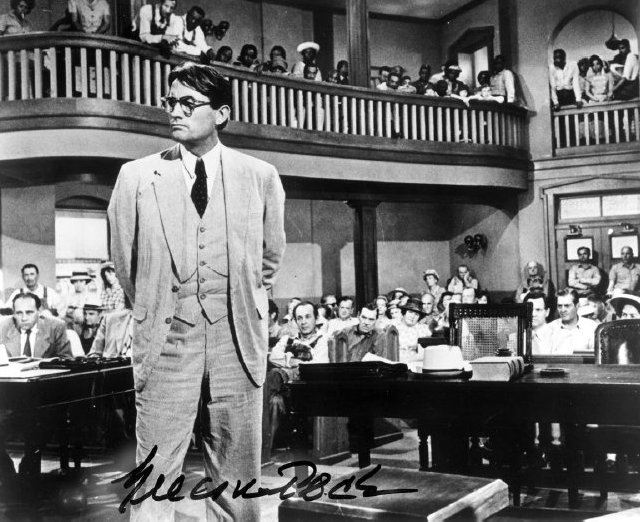
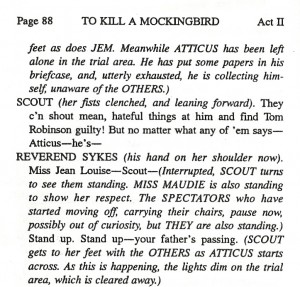
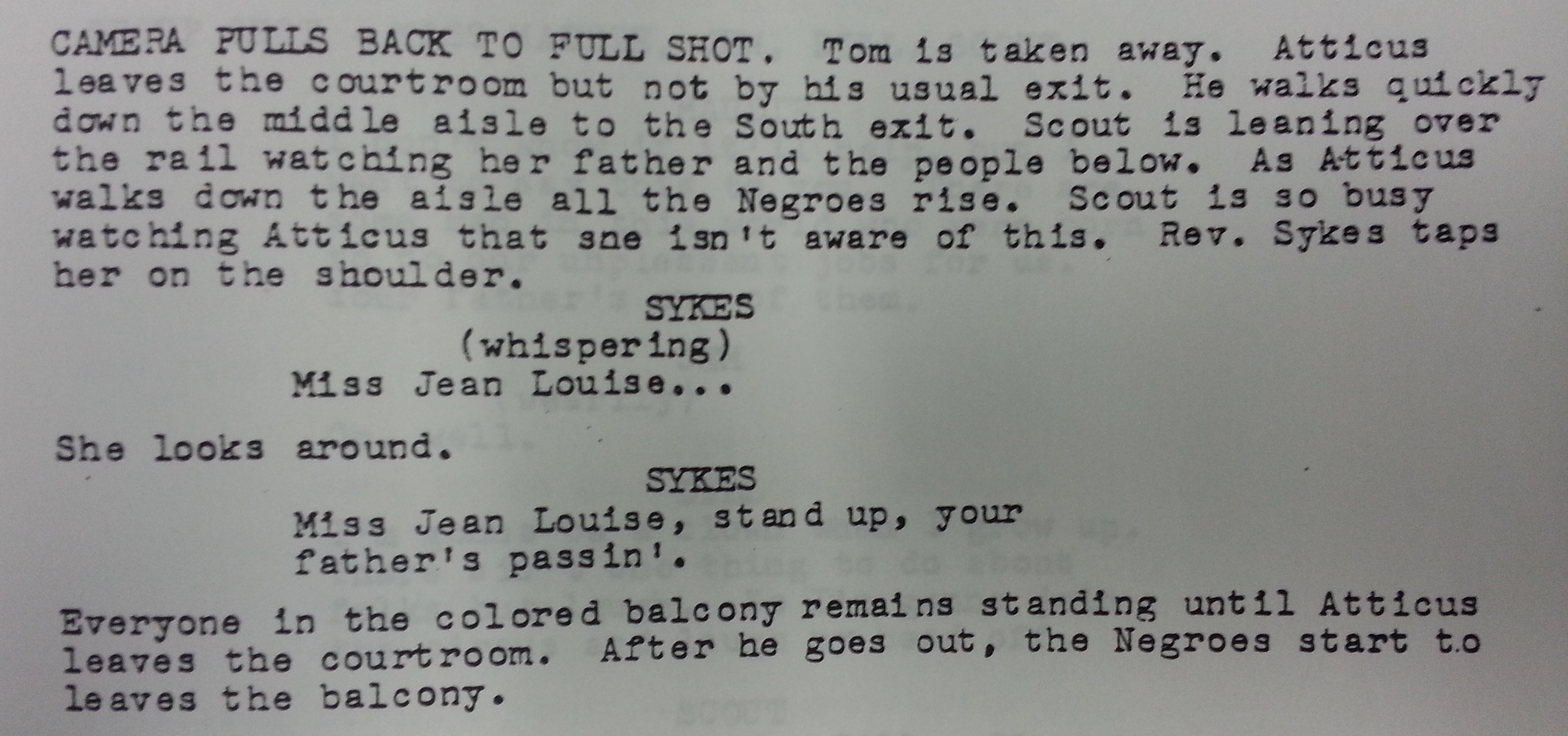 Screenplay ©1963 A Pakula-Mulligan, Brentwood Productions Picture
Screenplay ©1963 A Pakula-Mulligan, Brentwood Productions Picture
 1
1 2
2 3
3 4
4 5
5 6
6


 7
7 8
8 9
9